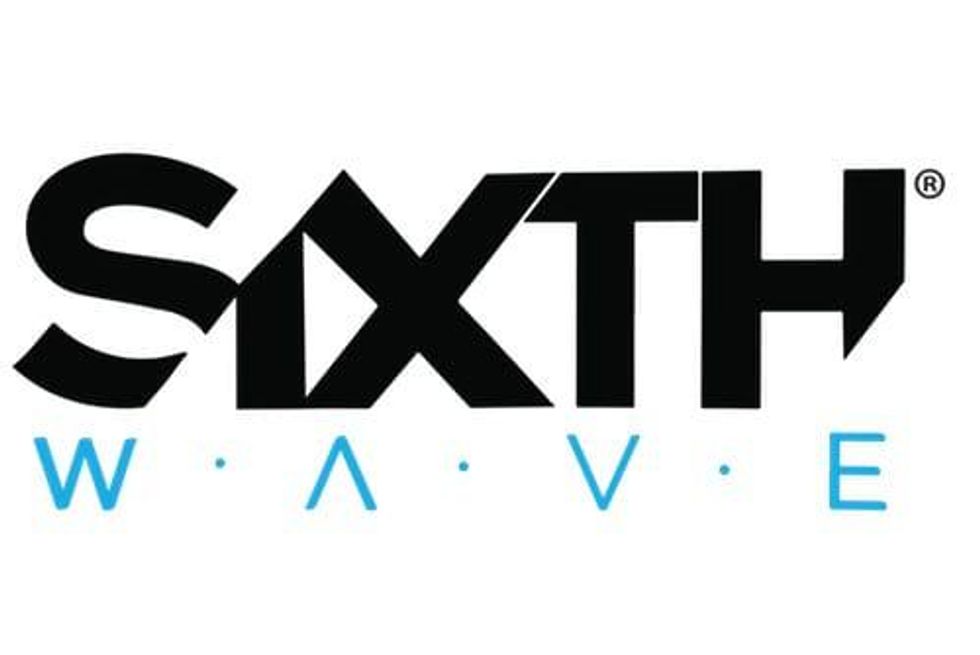What is Nanoscience?
Jan. 13, 2022 01:20PM PST
Nanoscience has made an impact on a range of industries. With continuous developments, it will only get more exciting for investors.

Through nanotechnology, nanoscience has undeniably impacted a range of industries, from energy to medicine. Moving forward, ongoing advancements in nanoscience research and development will continue to create new investment opportunities in the emerging nanotechnology sector.
The terms nanoscience and nanotechnology have been around for a long time, and they are commonly used interchangeably. However, it’s important to note that they are not the same.
According to Erasmus Mundus, the European Union’s higher education program, nanoscience refers to the study, manipulation and engineering of particles and structures on a nanometer scale, while nanotechnology is described as the design and application of nanoscience.
In simple terms, nanoscience is the study of nanomaterials and properties, while nanotechnology is the use of these materials and properties to create a new product.
Here the Investing News Network provides a comprehensive look at nanoscience investing, nanomaterials and where they are headed in the future.
What is nanoscience?
As mentioned, nanoscience involves the nanometer-scale study, manipulation and engineering of materials.
A nanometer is a unit that is roughly the size of about 10 atoms in a row, or one-billionth of a meter. Under these conditions, light and matter behave in a different way as compared to objects at a larger scale.
“These behaviours often defy the classical laws of physics and chemistry and can only be understood using the laws of quantum mechanics,” the University of Sydney's Nano Institute states.
The Institute of Nanoscience of Aragon identifies carbon nanotubes (CNTs) as one example of a component that is designed at a nanoscale level. These structures are stronger than steel at the macroscale level. CNT powders are currently used in diverse commercial products, from rechargeable batteries to automotive parts to water filters.
Scientists, researchers and industry experts are enthusiastic about the new possibilities for technological applications presented by advancements in nanoscience.
According to the Australian Academy of Science, "Nanoscience has the potential to reshape the world around us. It could lead to revolutionary breakthroughs in fields ranging from manufacturing to health care."
What are nanomaterials?
The aim of nanoscience and nanotechnologies is to produce new or enhanced nanoscale materials. Nanomaterials are formed when materials have their properties changed at the nanoscale level.
Nanomaterials involve elements that contain at least one nanoscale structure, but there are several subcategories that divide nanomaterials based on their shape and size. These materials include nanowires, nanotubes and nanoparticles such as quantum dots, along with nanocrystalline materials.
While these are broader classifications of nanomaterials, each of them has several submaterials. Graphene is one popular submaterial and is an example of a nanoplate.
The Integrated Nano-Science & Commodity Exchange, a self-regulated commodities exchange, includes a wide range of nanomaterials and related commodities and lists more than 1,000 nanomaterials.
The exchange states that its entire product range is in excess of 4,500 products, including CNTs, graphene, graphite, ceramics, drug-delivery nanoparticles, metals, nanowires, micron powders, conductive inks, nano-fertilizers and nano-polymers.
Nanotechnology market outlook
As can be seen, nanoscience and nanotechnology are used in a variety of applications across diverse fields. The University of Sydney’s Nano Institute highlights how nanoscience impacts manufacturing, energy and the environment through the continuous development of new nano and quantum materials.
With the advancement of materials science and technology, solutions are being worked on for the health and medicine fields, with nanobots gaining popularity in the medical field.
Similarly, nanomaterials like graphene are having a major impact in the technology field — graphene is used for various purposes, including in cooling and in batteries.
Research and Markets reports that the global nanotechnology market is projected to reach US$23.6 billion by 2026, growing at a compound annual growth rate of 35.5 percent between 2021 and 2026.
In the US, the National Nanotechnology Initiative, a US government research and development initiative that involves 20 federal and independent agencies, has received cumulative funding of US$31 billion since 2001 to advance research and development of nanoscale projects.
Investing in nanoscience
With growth predicted across multiple areas and industries, and with researchers and institutes working on developing the nanoscience field, investors have a slew of nanotechnology stocks to consider.
One popular investment avenue is via graphene, with companies in the space including Applied Graphene Materials (LSE:AGM,OTC Pink:APGMF), G6 Materials (TSXV:GGG,OTCQB:GPHBF), HydroGraph Clean Power (CSE:HG) and Haydale Graphene Industries (LSE:HAYD,OTC Pink:HDGHF).
Meanwhile, nanotech stock options for investors include firms such as NanoViricides (NYSE:NNVC), Nano Dimension (NASDAQ:NNDM), Nano One Materials (TSX:NANO,OTC Pink:NNOMF) and Sona Nanotech (CSE:SONA,OTCQB:SNANF).
This is an updated version of an article first published by the Investing News Network in 2019.
Don’t forget to follow us @INN_Technology or real time updates!
Securities Disclosure: I, Melissa Pistilli, hold no direct investment interest in any company mentioned in this article.
Editorial Disclosure: G6 Materials, HydroGraph Clean Power and Nano One Materials are clients of the Investing News Network. This article is not paid-for content.
From Your Site Articles
- Investing in Graphene Companies | INN ›
- What is Graphene? | INN ›
- Why Invest in Nanotech Stocks? | INN ›
- 6 Top Nanotechnology Uses | INN ›
Related Articles Around the Web
https://twitter.com/INN_Resource
https://www.linkedin.com/in/melissa-pistilli-865271a9/
mpistilli@investingnews.com

